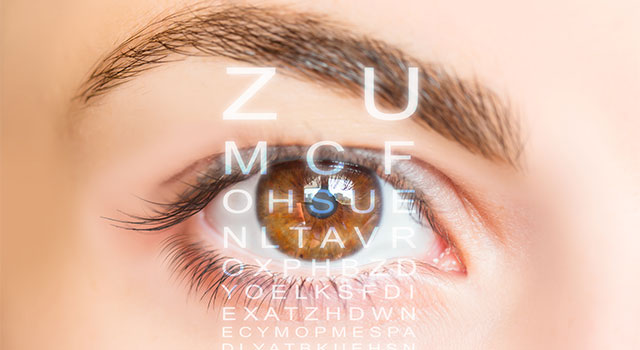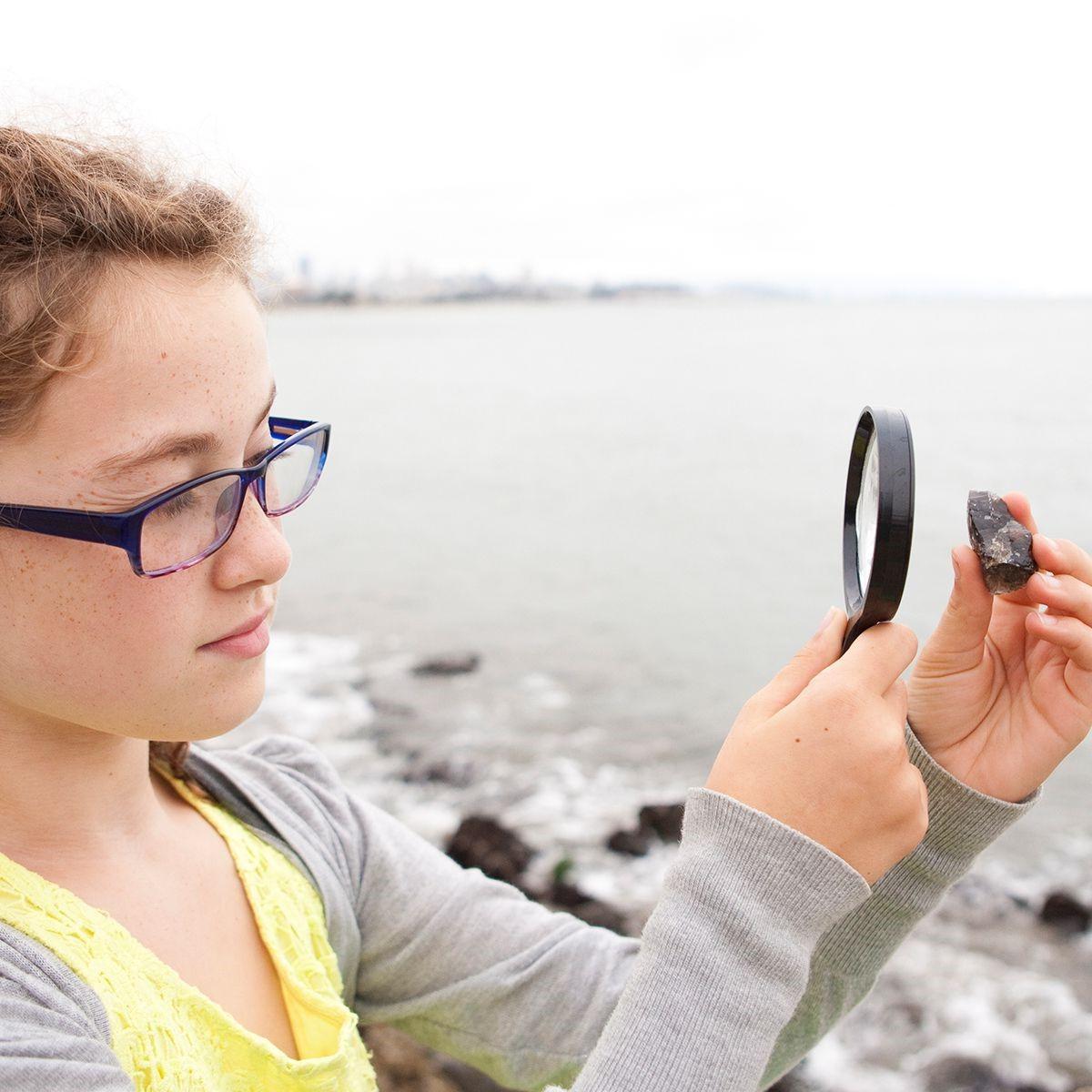Specialized Retina Service Near Me: Top-Notch Eye Care Professionals
Specialized Retina Service Near Me: Top-Notch Eye Care Professionals
Blog Article
The Duty of Advanced Diagnostic Equipment in Identifying Eye Disorders
In the realm of ophthalmology, the application of sophisticated analysis tools has changed the early recognition and administration of numerous eye conditions. From spotting subtle adjustments in the optic nerve to monitoring the progression of retinal diseases, these modern technologies play a crucial role in enhancing the precision and effectiveness of detecting ocular problems. As the demand for exact and timely medical diagnoses remains to expand, the combination of advanced devices like optical coherence tomography and aesthetic field testing has actually come to be indispensable in the world of eye treatment. The intricate interplay in between technology and sensory techniques not only clarifies detailed pathologies but likewise opens up doors to customized treatment techniques.
Relevance of Early Diagnosis
Early diagnosis plays a critical function in the efficient administration and treatment of eye problems. Prompt recognition of eye problems is critical as it allows for prompt intervention, possibly preventing further progression of the condition and minimizing long-term complications. By detecting eye disorders at an early phase, doctor can use proper treatment plans customized to the particular problem, eventually bring about far better outcomes for clients. Early diagnosis allows clients to access essential assistance solutions and resources sooner, boosting their general quality of life.

Innovation for Spotting Glaucoma
Cutting-edge diagnostic modern technologies play an important role in the very early detection and surveillance of glaucoma, a leading cause of permanent loss of sight worldwide. Another advanced tool is visual area screening, which maps the level of sensitivity of a client's aesthetic field, helping to spot any type of locations of vision loss feature of glaucoma. These advanced diagnostic tools allow eye doctors to detect glaucoma in its very early phases, allowing for prompt intervention and much better monitoring of the illness to avoid vision loss.
Role of Optical Comprehensibility Tomography

OCT's capacity to measure retinal nerve fiber layer thickness allows for exact and unbiased measurements, assisting in the early discovery of glaucoma also before aesthetic field issues emerge. In addition, OCT modern technology allows longitudinal surveillance of architectural adjustments with time, promoting tailored therapy plans and timely treatments to help protect individuals' vision. The non-invasive nature of OCT imaging additionally makes it a recommended choice for checking glaucoma progression, as it can be repeated consistently without causing discomfort to the person. On the whole, OCT plays an important function in enhancing the diagnostic precision and monitoring my explanation of glaucoma, inevitably adding to much better end results for people at threat of vision loss.
Enhancing Medical Diagnosis With Visual Area Screening
A necessary component in detailed ocular assessments, aesthetic area testing plays a pivotal function in boosting the diagnostic procedure for numerous eye conditions. By examining the complete extent of an individual's aesthetic area, this test provides vital information about the practical integrity of the entire aesthetic path, from the retina to the visual cortex.
Visual area screening is especially valuable in the medical diagnosis and administration of conditions such as glaucoma, optic nerve problems, and browse this site different neurological diseases that can impact vision. Through measurable dimensions of outer and central vision, clinicians can identify subtle changes that may suggest the visibility or development of these disorders, also before obvious signs and symptoms take place.
Furthermore, visual field testing permits the monitoring of therapy efficacy, aiding ophthalmologists tailor therapeutic interventions to private people. eyecare near me. By tracking adjustments in aesthetic field efficiency gradually, health care suppliers can make informed choices regarding readjusting medicines, recommending medical treatments, or executing other ideal steps to maintain or enhance a person's aesthetic feature
Managing Macular Degeneration

Conclusion
To conclude, advanced analysis devices play a critical role in identifying eye problems early on. Technologies such as Optical Comprehensibility Tomography and aesthetic field screening have actually significantly boosted the accuracy and effectiveness of identifying conditions like glaucoma and macular degeneration. Early detection enables prompt intervention and monitoring of these problems, eventually causing much better outcomes for patients. It is imperative for health care specialists to remain upgraded on these improvements to offer the finest feasible look after their patients. eyecare near me.
Report this page